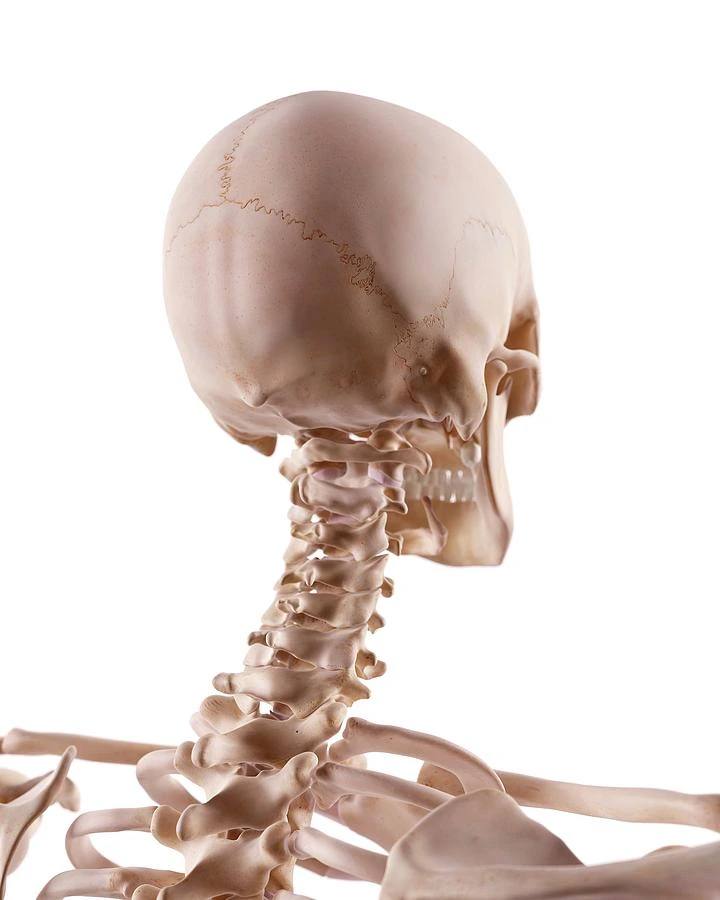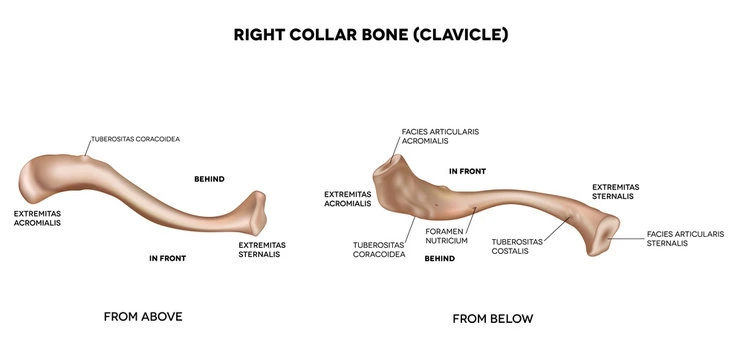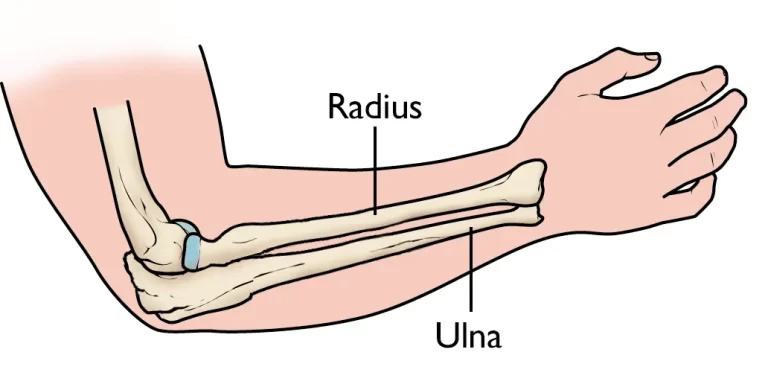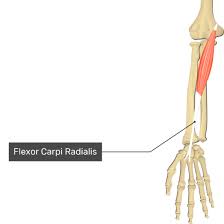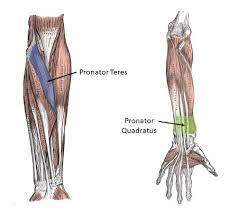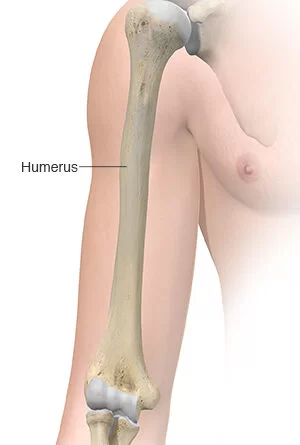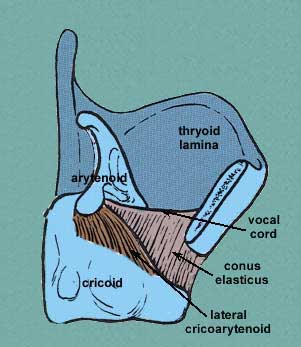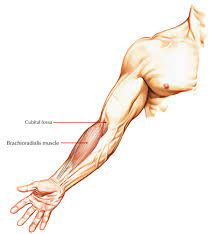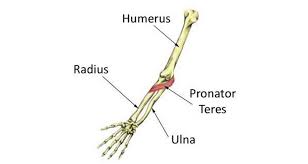Atlanto-occipital joint
What is atlanto-occipital joint? This joint [ atlantooccipital joint ] is a paired symmetrical articulation between the base of the skull & the cervical spine. This joint is also known as the C0-C1 joint. Along with the atlantoaxial joint & it makes up a group named the craniovertebral joints. The primary movement of the atlantooccipital…

